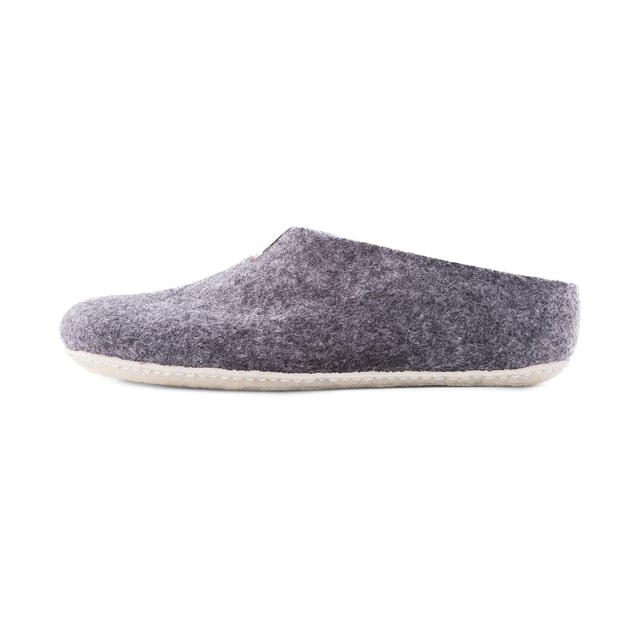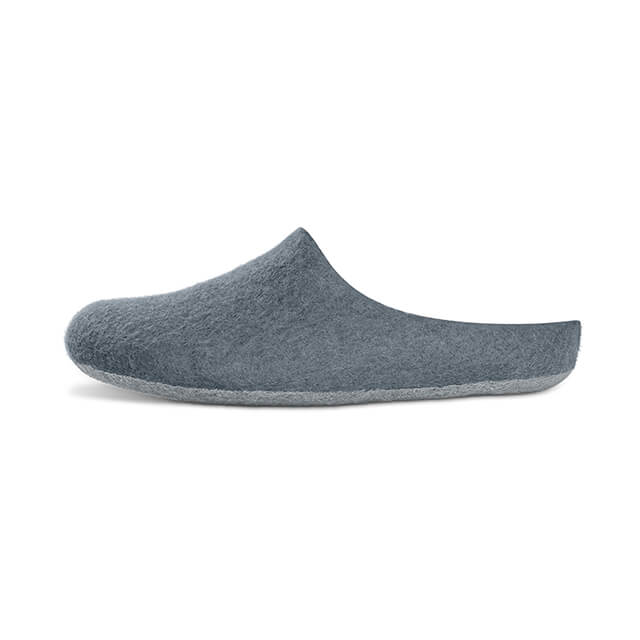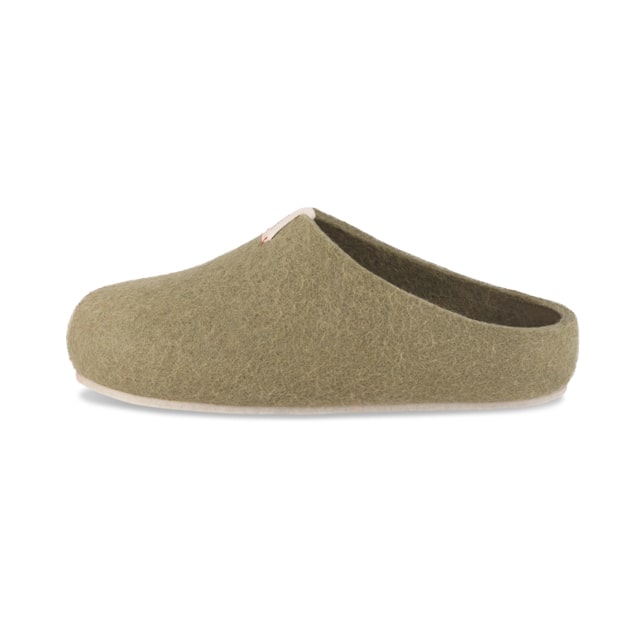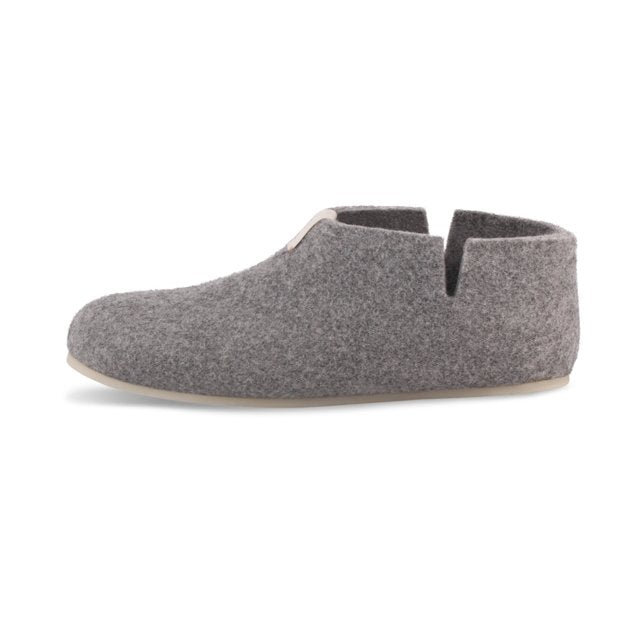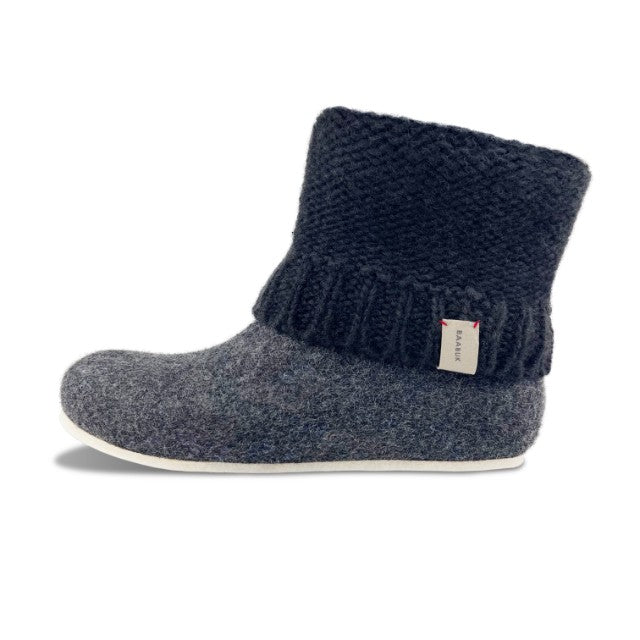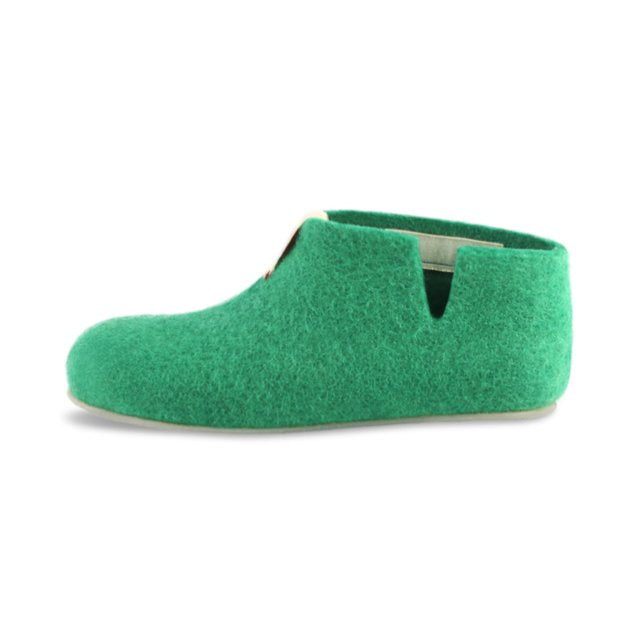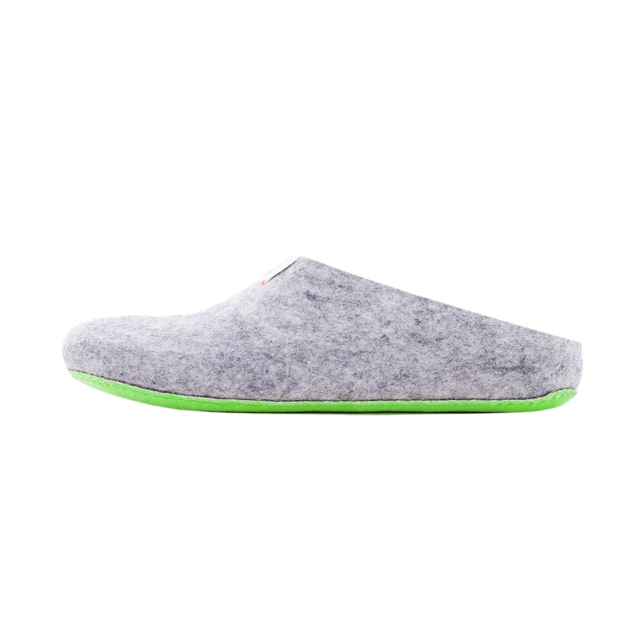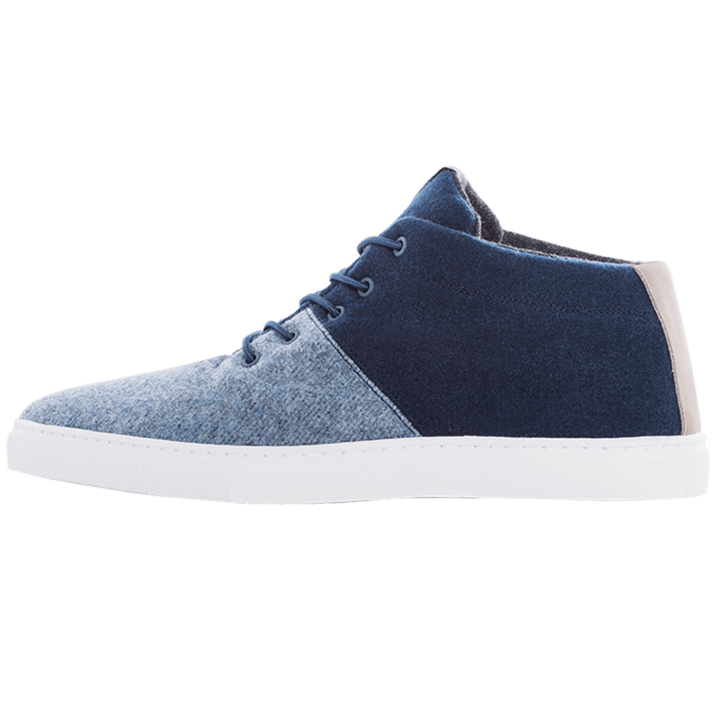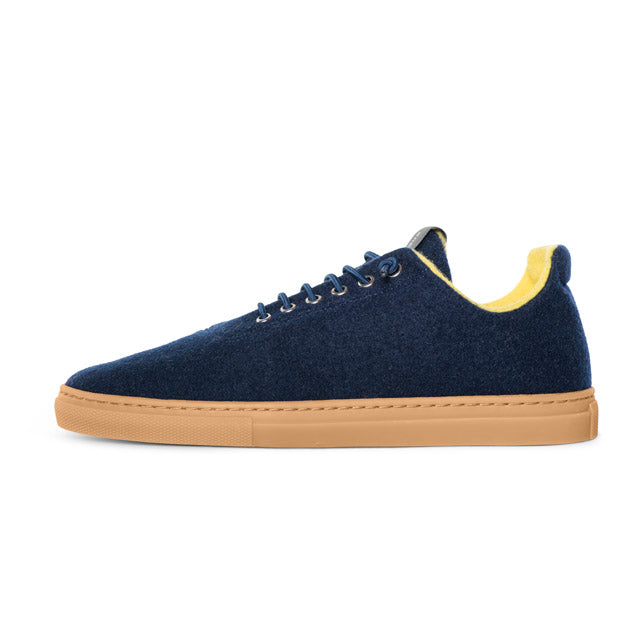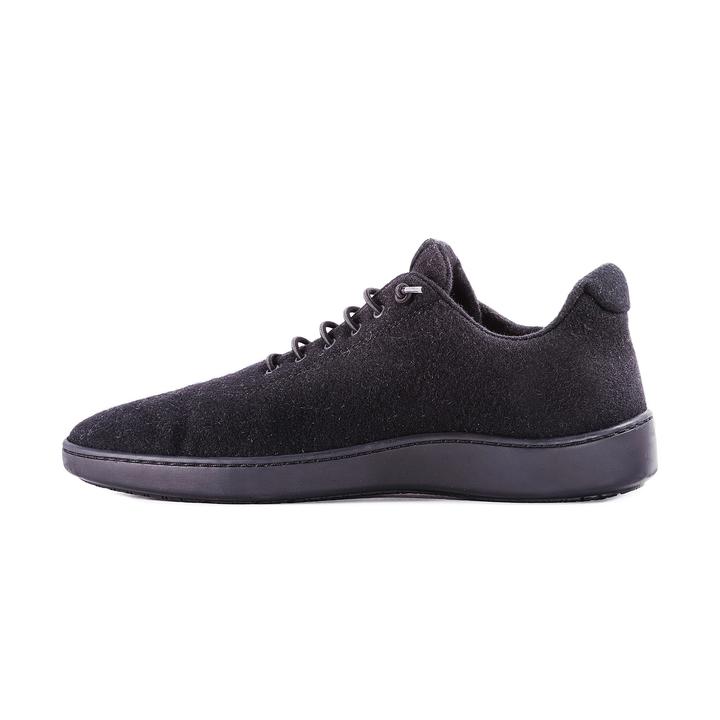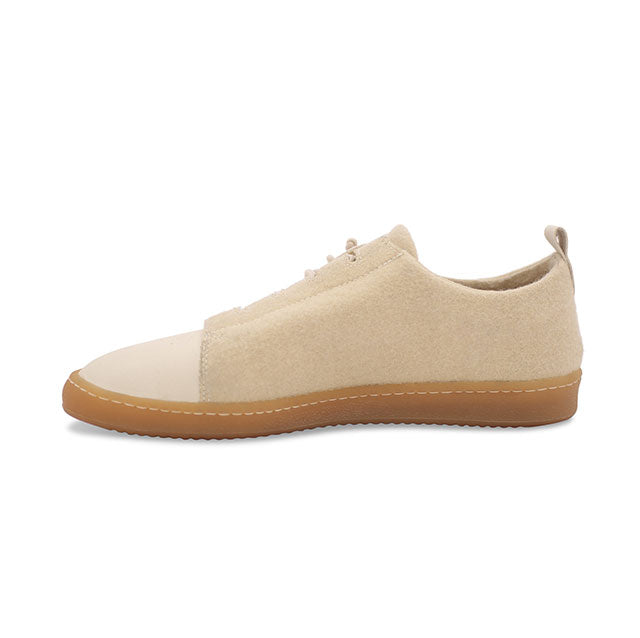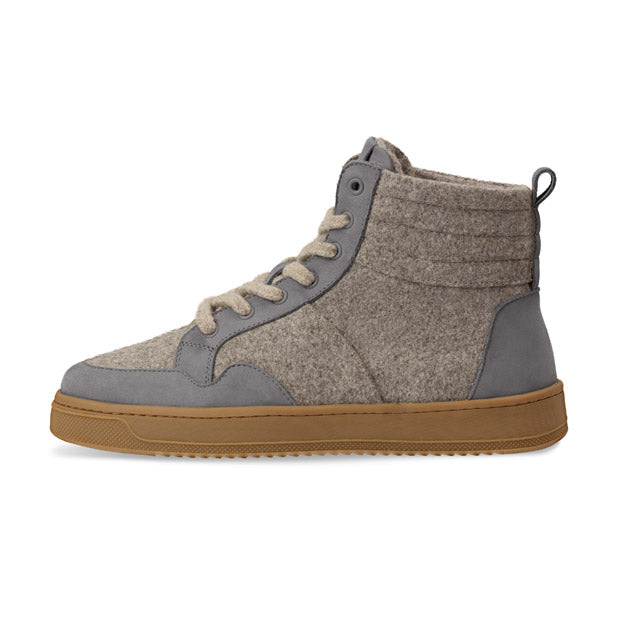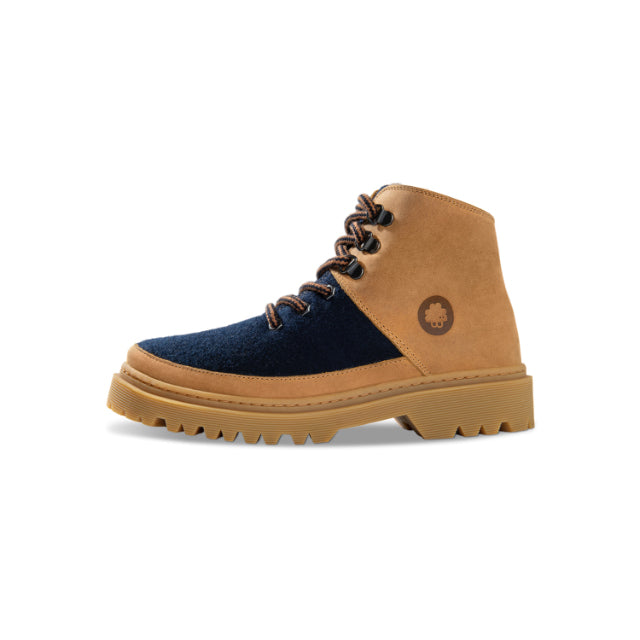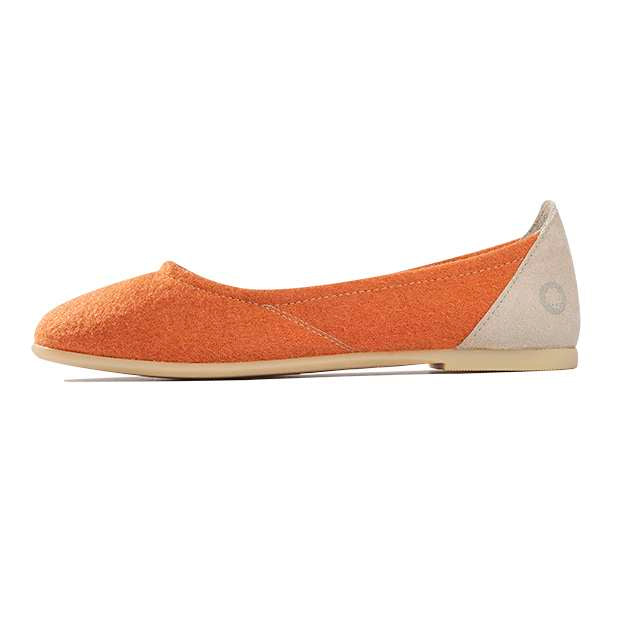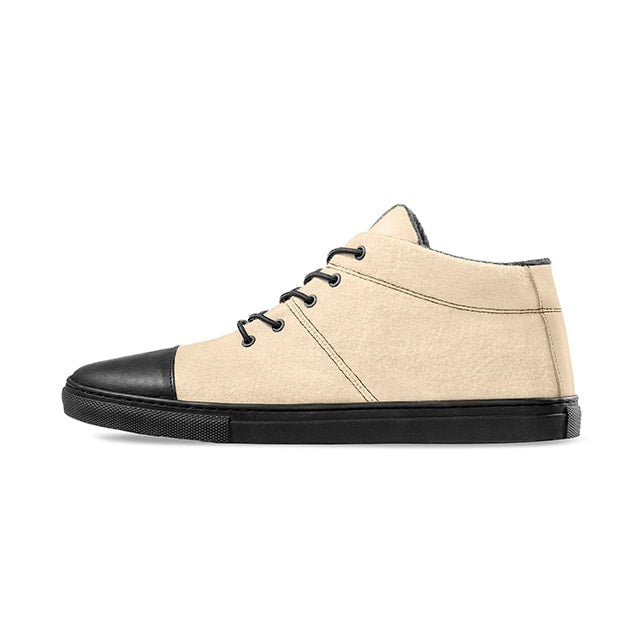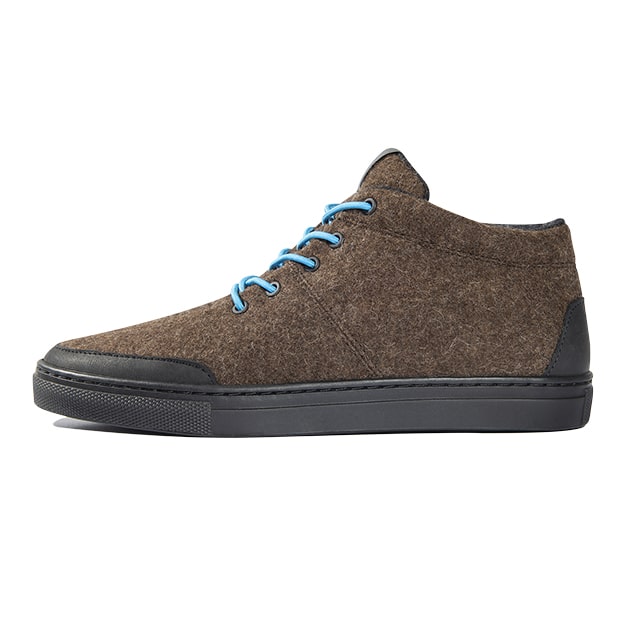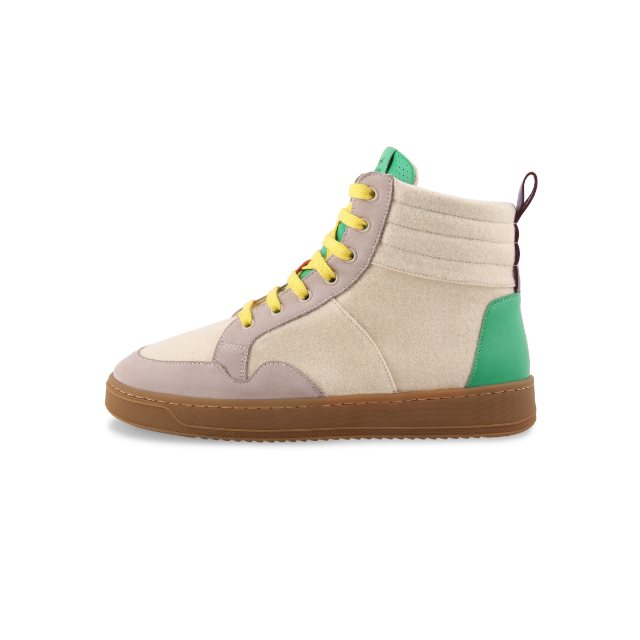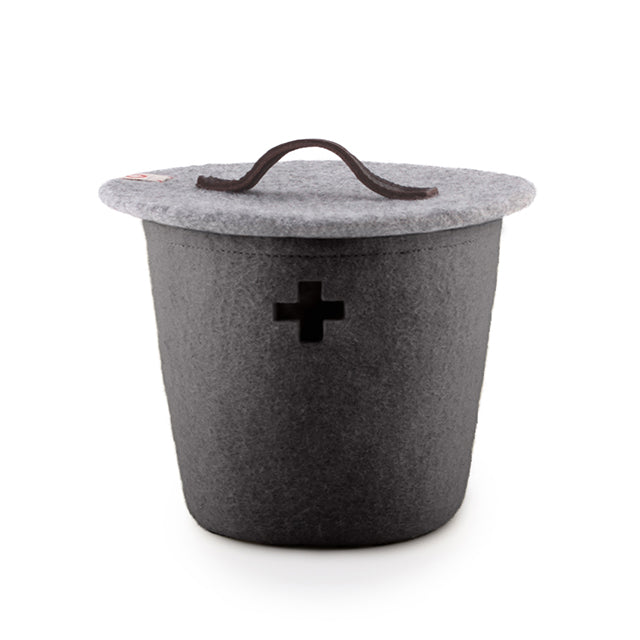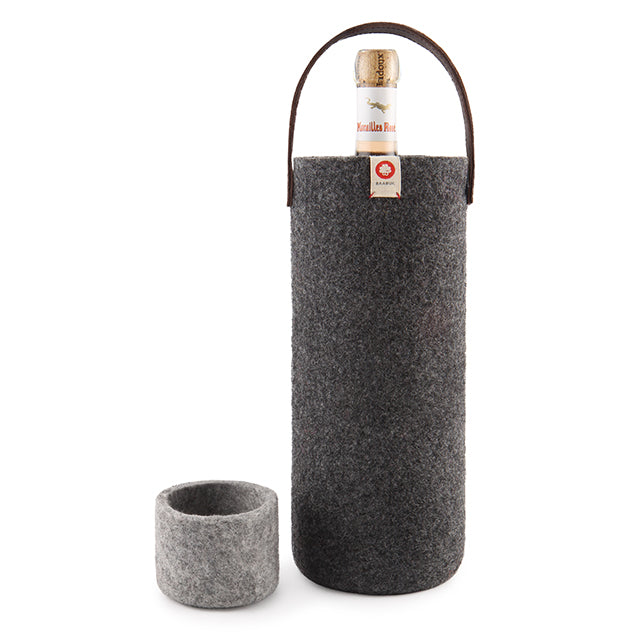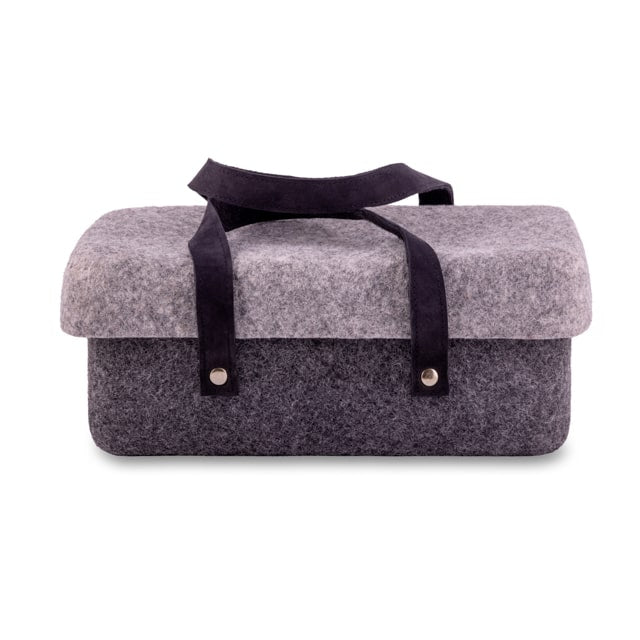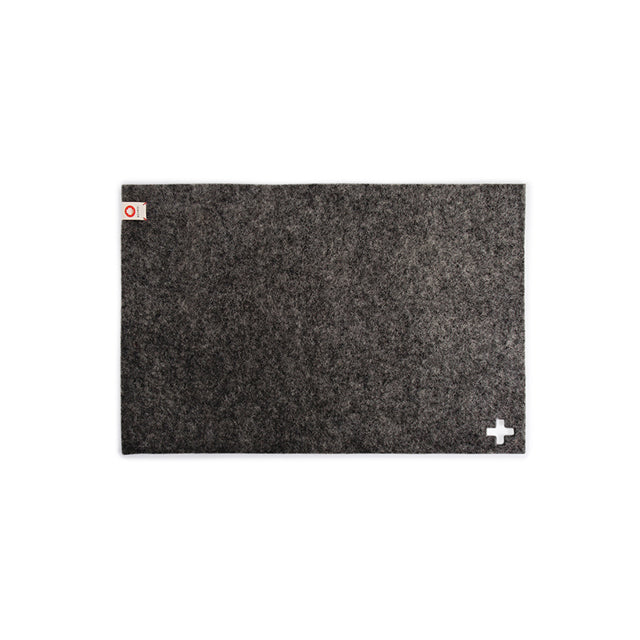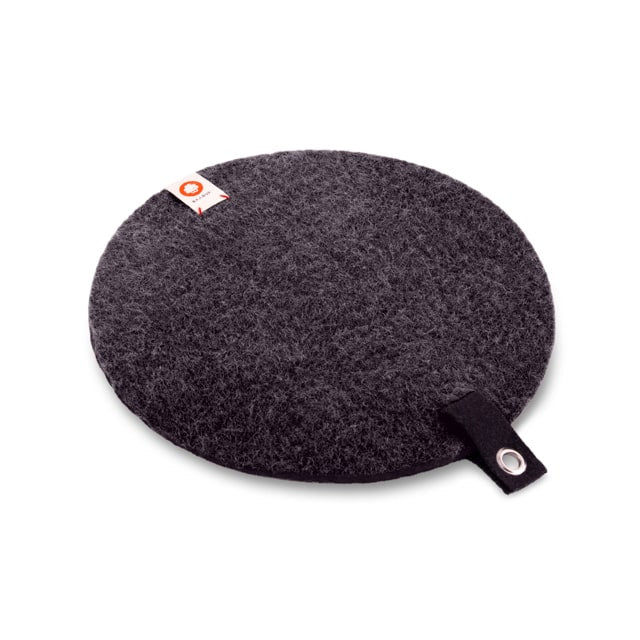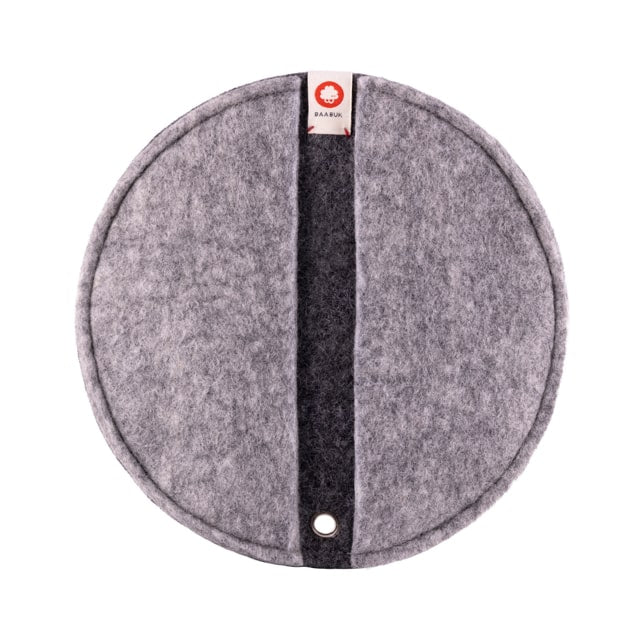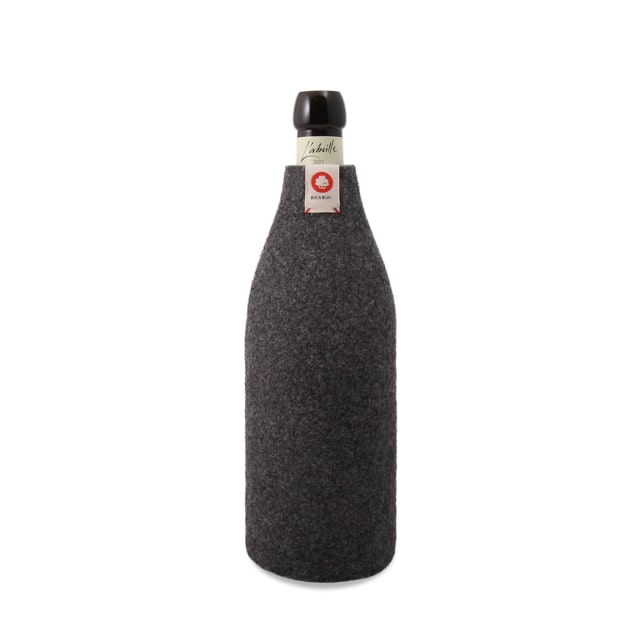Ethical Clothing
Ethical Clothing
Sustainability Priorities and Actions for Fashion Industry Leaders
// September 07, 2018
As the world is making efforts to become greener and more sustainable, the fashion industry – one of the largest industries out there – has started to align with this trend. The need for sustainable fashion is, obviously, dire. As the world’s population continues to grow, there will be more people who, before all, need to wear clothes every day. How all these clothes will be created – that’s a whole different story.
Based on the 17 UN Sustainable Development Goals, we have identified actions that aim at producing clothes in a way that positively impacts the people, the environment, and the economy. We believe in win-win strategies and in the fact that a happy customer doesn’t imply unfair wages to the workers or tons of waste that affect the environment for hundreds or thousands of years to come.
People – Social priorities
As 1 in 6 people in the world is working in a fashion-related job, the first and most important need that we want to address is the issue of workers.
The working conditions in countries like Vietnam, Philippines or Bangladesh have made the headlines for a couple of years already. In many other countries, the regular working schedule for 67% workers implies 10-12 hours of labour. This often leads to health issues like eye strain or exhaustion, but also to more severe complications, as the chemicals used for material dying are toxic for workers.
According to Sustainalytics Research, the average monthly wage in Bangladesh is €58. But that’s not all. In Pakistan, only 13% of the women are paid the minimum wage, compared to 73% of men.
How do we plan to improve all those things? By creating a secure and respectful work environment, that complies with decent living and working standards.
Improved working conditions and safety
Child labour and forced labour are the most acute problems that need to be addressed. The immediate priority is ensuring work safety and establishing fair working conditions.
This isn’t an easy goal, but it can be achieved through collaboration between multiple forces. On one hand, a responsible brand should train their workers on work safety and implement Occupational Safety and Health programmes.
In 2013, after the Rana Plaza disaster put an end to 1,100 lives and injured over 2,000 workers, the Bangladesh Accord was signed. It stipulated, among others, the need for better regulation, inspection, and implementation of existing legislation and conventions. The accord was signed by multiple companies that covered over 1,000 factories in Bangladesh. In May 2018, a follow-up Transition Accord became available for companies to sign.
On the other hand, the Government could inspect the factories for structural, fire and electrical safety, and shut down the ones that put the workers in immediate danger.
They could also monitor, investigate and apply the respective penalties for any factory that’s violating or breaching the standards imposed.
Fair wages and decreasing poverty
The second area of interest regarding the workforce is revenue. An ethical brand needs to commit to paying living wages, and even develop and publish a living wage roadmap to support the employees.
Gender equality is just as important, considering that 80% of all the people who work in the fashion industry are women. Most of them in clothes-producing countries don’t earn the minimum wage, so in this case, sustainable fashion is off the table.
According to the 2017 Fashion Transparency Index report, published by Fashion Revolution, only 34 companies have made the public commitment to pay living wages to their employees. Furthermore, only Marks & Spencer, Puma and New Look - have continued to report their progress, leaving a big question mark on how things are really going behind the scenes for the other companies.
Our Baabuk workshop in Nepal was built around the concept to make the employees take ownership of their activities. We have 20 employees at that workshop. The organisation is very flat with no manager and only little outside supervision, allowing them to work more responsibly. They keep each other accountable because they understand that the work of one sub-team determines the work of the next sub-team in a production chain. All of them are 20+ years old, and they get paid, on average, 25% better than the local employees. If they work any overtime, they get 50% more on top of their hourly rate, and when Nepal introduced a pension system and increased an average wage, we implemented these changes immediately.
Healthy lives and wellbeing
An employee can’t lead a healthy life if they’re forced to work 10 to 12 hours every day in inhuman conditions and around chemicals or dyes.
A secure and respectful work environment brings 18% higher productivity, fewer sick days, fewer errors and shorter turnaround times.
But, once again, it’s a common effort that needs to be taken. A responsible brand will monitor living wages in the value chain, while the Government could put pressure on Asian authorities to have workers’ human rights better respected.

Planet - Environmental Priorities
The second priority for the ethical clothing movement is protecting the planet. Considering the gargantuan amplitude of the fashion industry, any improvement can make and will make a difference.
Every year, 80 billion items of clothing are being consumed, while only 15% of them are recycled. This translates to 21 billion tons of garments that end up in landfills.
In only 20 years, the global production of textile fibres has increased 245%, from 38 million tons in 1995 to 93 million tons in 2015. Two-thirds of them have synthetic origin, require intensive resources of energy to produce, and are not biodegradable.
Use of low-impact materials
A solution that will reduce the negative impact of the industry on the planet is the change towards low-impact materials that don’t require chemicals or increased resources of energy and water.
Plant-based materials such as organic cotton, linen, bamboo or hemp are sustainable alternatives to polyester, nylon or acrylic. Replacing the use of conventional cotton with ethical clothing items, such as organic cotton, would reduce the environmental footprint by 25%, and cutting the conventional cotton use by just 30% would bring €8 billion to the world economy.
Another advantage to turn towards such materials is skin tolerance. The most comfortable shoe or clothing items have always been those made of natural fabric. Patagonia’s line of hemp clothing is a great example. Growing hemp requires considerably less pesticides and herbicides than growing cotton, and the end result is a strong, chemical-free material that doesn’t affect the skin.
At Baabuk we work with raw materials instead of meter ware, and we only use the amounts we need so we have zero material waste. For example, the slippers are made using four ingredients: water, soap, wool and natural latex rubber for the sole. The glue we use to seal the sole to the rest of the slipper is also made from cut-out latex.
For the workshop in Nepal, we source our wool from New Zealand because it is of very high quality, but also because their rules about animal treatment are very strict. In Portugal, we work with a local factory that gathers wool from local farmers and sheep in the national park, Serra da Estrela and processes it in a traditional way.
Water-use efficiency
The fashion industry is the second highest user of water worldwide, producing 20% of global water waste and 10% of global carbon emissions. Every day, millions of gallons of wastewater are expelled from larger textile factories, most often in rivers.
The Citarum River in Indonesia is one of the most polluted rivers in the world. It is intoxicated with lead, mercury, and arsenic, among others, affecting 5 million people that live near the river basin and the diverse wildlife in the area.
One of the brands that have already implemented a water-reduction strategy is H&M. They partnered with WWF in order to better manage the water supplies they use in their factories and become a sustainable brand.
Waste and pollution reduction
The use of plastic-based materials not only requires increased amounts of energy and water to be produced, but also create non-biodegradable waste and residues. One of the simplest ways to reduce this negative impact is the implementation of Zero Waste Pattern Cutting design. This holistic approach can eliminate textile waste considerably, due to the fact that all the work is made within the width of the fabric.
Another solution would be to use recycled materials. The North Face is already one step ahead – their popular Denali jacket is made 100% of recycled materials, and their dyeing process uses 50% less water and chemicals than the average jacket.
Naturaline is another ethical brand that uses 100% Fairtrade certified organic cotton, which is traceable back to the farm and CO2 neutral. Their mother company, Coop, has also built 3,600 biogas plants and has installed over 3,000 efficient ovens, by collaborating with the bioRe® Foundation.
At Baabuk, all supplies for our sneakers and urban woolers are sourced within 200km of the Portugal workshop to reduce carbon footprint.

Prosperity - Economic Priorities
The third area that needs to be addressed is the impact of the industry on the global economy. Obviously, a €2.6 trillion industry has a major impact. But at what cost? According to Ellen MacArthur Foundation’s report, A New Textiles Economy, every year, more than €430 billion of value is lost due to clothing underutilisation and lack of recycling.
We identified three major areas that need to be monitored and improved in order to create prosperity for all parties involved. The first one is circular economy, which involves a closed-loop system that minimizes the waste and reinvests used resources. The second one is the innovation regarding the materials used and the processes that take place when producing garments, and the last one is the traceability of the supply chain.
Circular economy
The linear system that’s used to produce, distribute, and use clothes has proven ineffective, due to the negative impact it has on the economy and the environment. The sustainable alternative is the circular economy system, which has already been tested by brands like Patagonia.
In 2011, they started a “Don’t buy this jacket” campaign, to remind the consumers to only buy clothes if they really needed to. Out of this campaign, they started a business model and opened a second-hand store in collaboration with eBay, encouraging the re-use of clothing items.
They also have a “Worn Wear” campaign, where they celebrate the stories of people who have repaired, reused and recycled garments. This is exactly the attitude we need!
The choice we made at Baabuk to ditch meter ware materials and to re-use the cut-out latex to create latex glue is another example of circular economy strategy. We minimized the waste and started re-using leftovers from previous productions to save both resources and the planet.
Material and process innovation
The materials used and the processes required to produce garments are the second area that could be improved. They are tightly related to the use of low-impact materials, as this one change could bring both environmental and economic benefits.
For instance, the company behind MycoTEX is one of the ethical clothing brands that are oriented towards innovation. Their primary material for this clothing line is mycelium taken from wood-loving mushroom roots. It can be grown in a lab using only 12 liters of water (compared to the conventional cotton T-shirt). The fibre can then be shaped on a 3D mold to eliminate the textile waste from cutting and sewing. It is 100% biodegradable and it has anti-microbial properties, making it a sustainable option.
Once again, Patagonia has taken some innovative steps regarding the dyeing process. Their Archroma Advanced Denim Technology colours has decreased the water usage by 84%, the energy usage by 30% and it emits 25% less CO2 compared to conventional denim dyeing processes.
Simply put, recycled materials and renewable sources are just two solutions out of many. Others would be rental and resale business models.
Supply chain traceability
Last, but not least, transparency is one of the key drivers of improvement in working conditions and in economic impact. An ethical company which has made efforts in this regard is Marks & Spencer. They have developed online maps of their supply chains that dramatically improve the traceability of their products. The good news is that due to new technologies, such as blockchain, this may be further enhanced in the coming years.

Corporate Leadership in Sustainable Fashion Development
The journey we presented here will not be easy, nor short. But it requires common effort and willingness to create a sustainable world where everybody has a place.
Probably the greatest power right now is in the hands of the fashion corporations. They’re the leaders that set the rules. Fortunately, they have acknowledged the need to transition towards a safer, eco-friendly and prosperous industry. Some of them, as you can see, have already started to innovate and adapt.
In a few years, the fashion strategy won’t revolve just around the most comfortable sneaker or the most comfortable shoe in the world, but around the most sustainable one.
We truly hope this article has cast some light on why is ethical fashion important. As days and months go by, the need for garments is constantly increasing, therefore the fashion industry will be forced to adapt and create sustainable clothing for all of us.
--
EMBED CODES
|
Social Priorities |
Environmental Priorities |
Economical Priorities |
